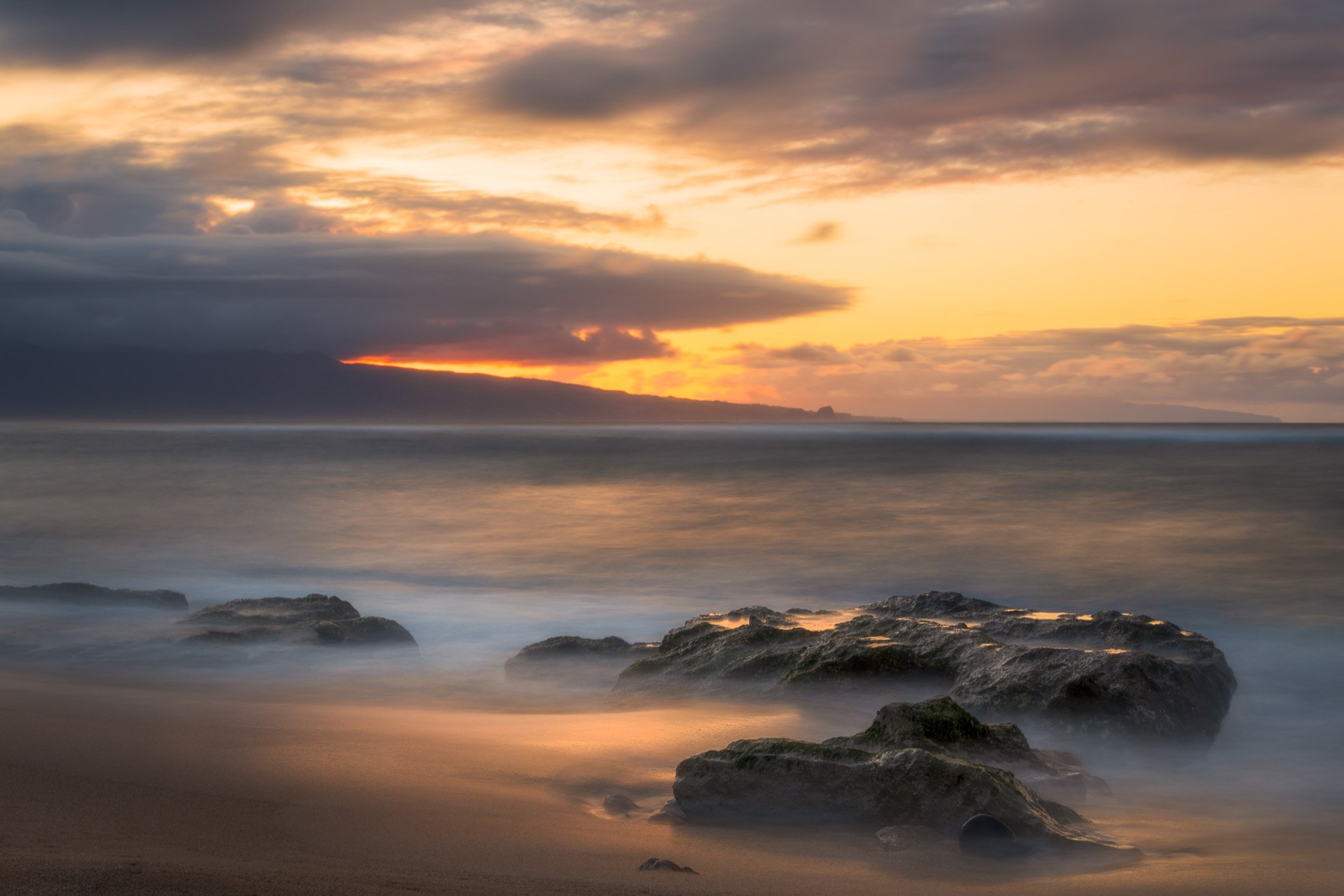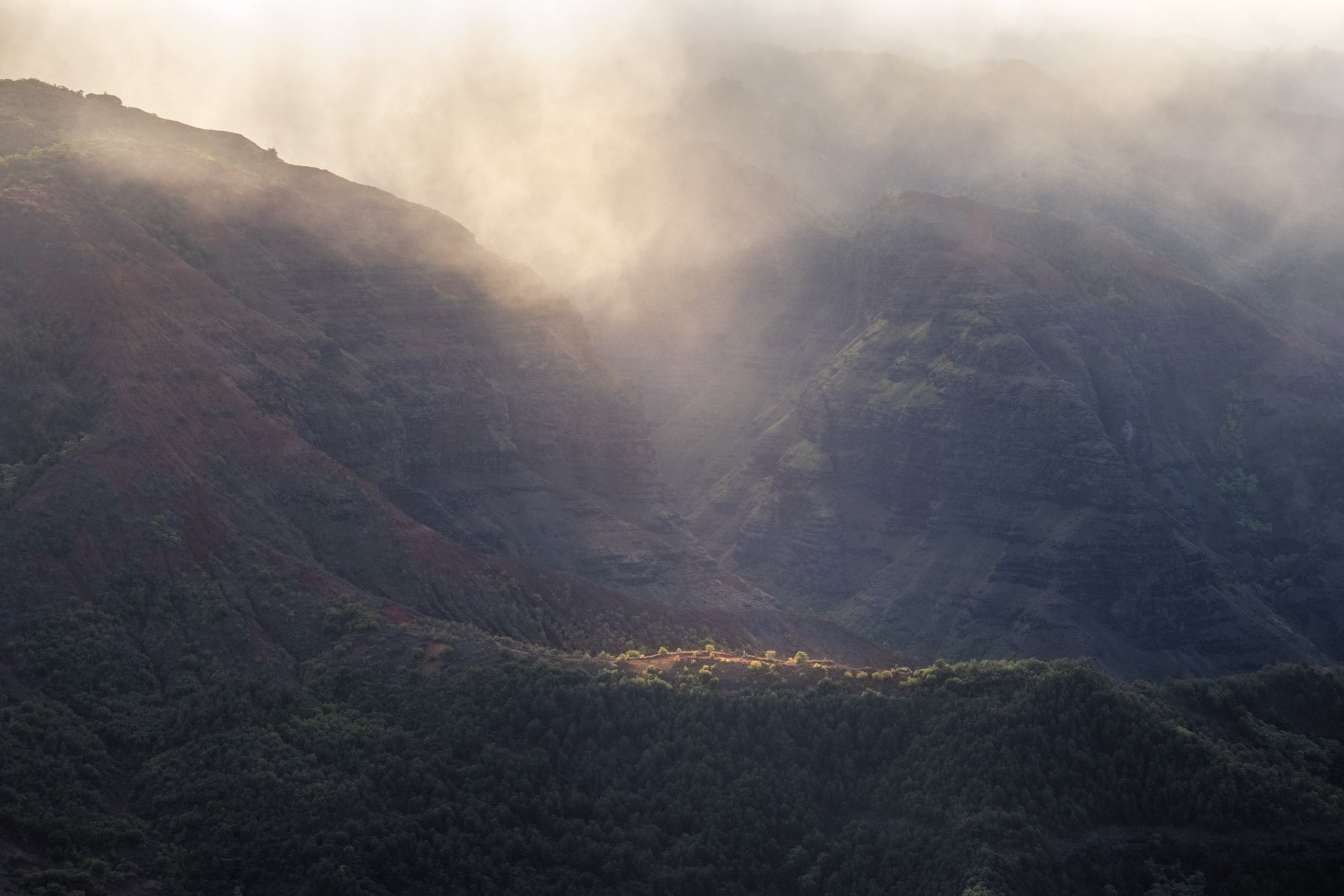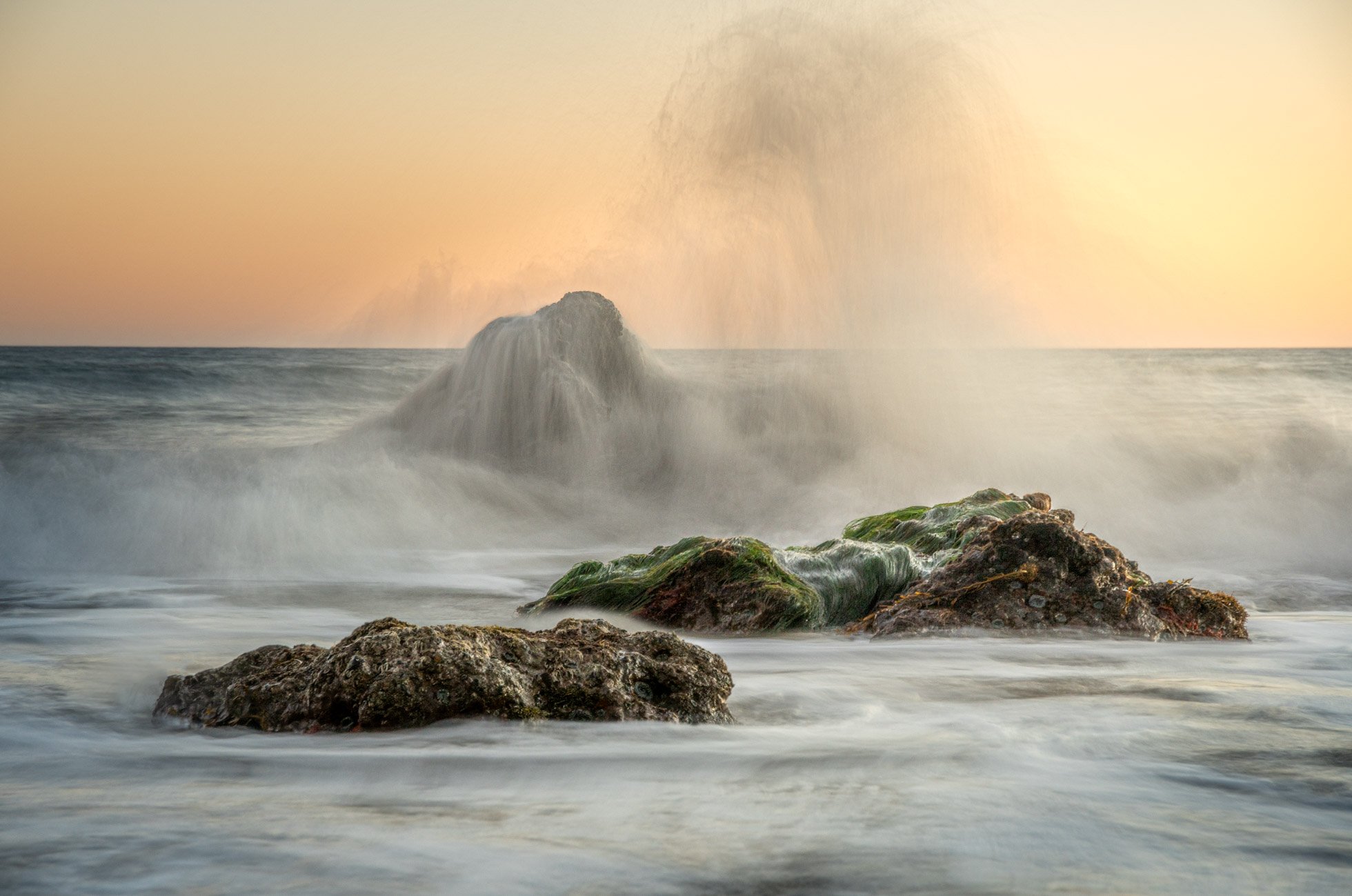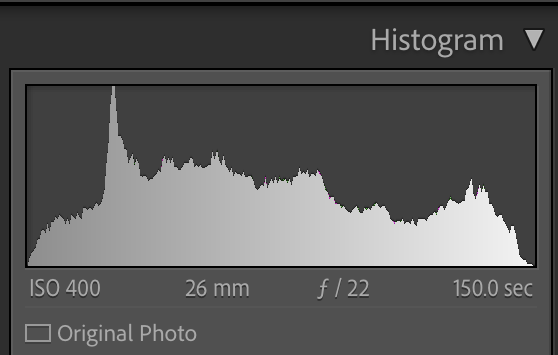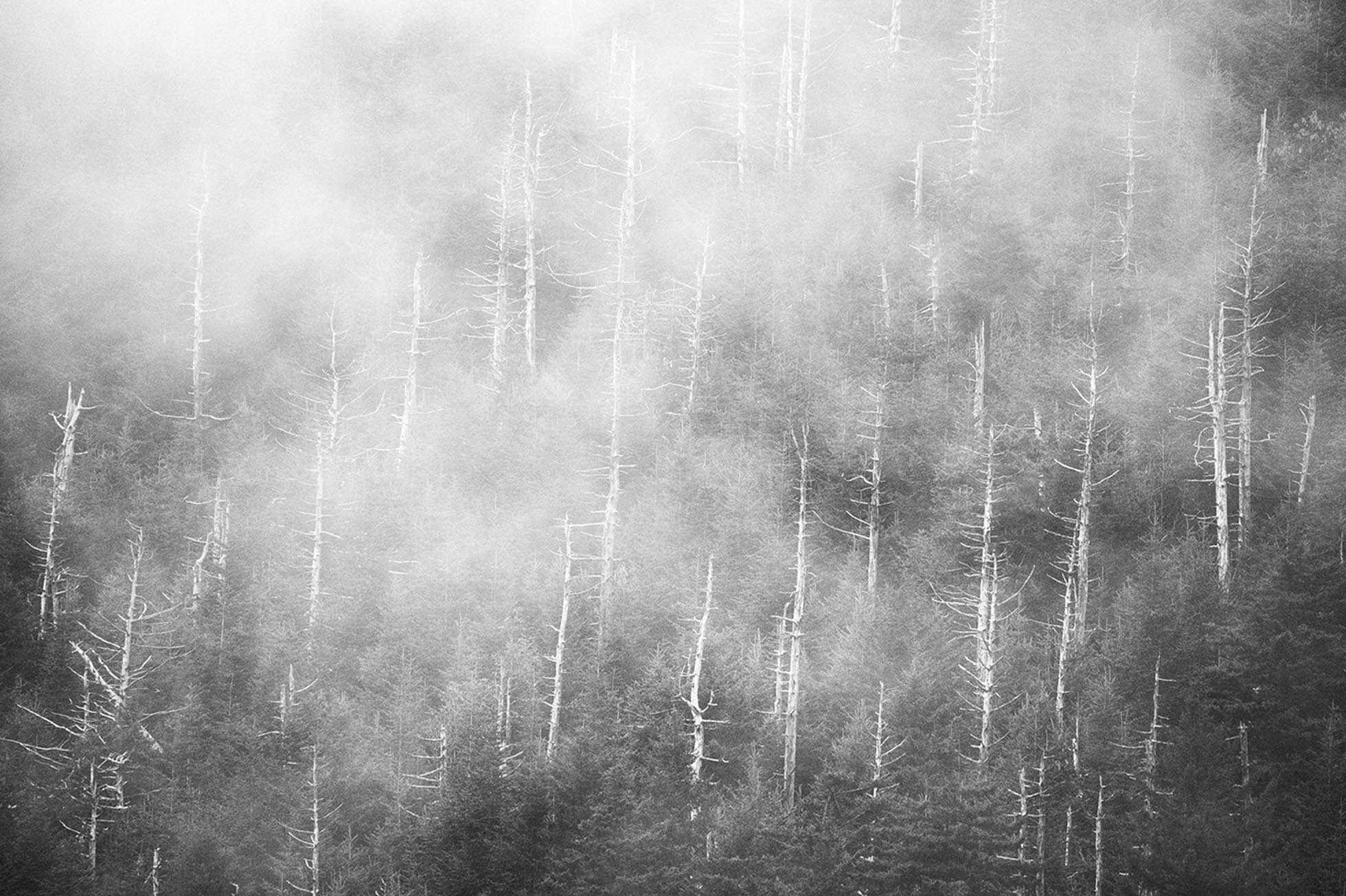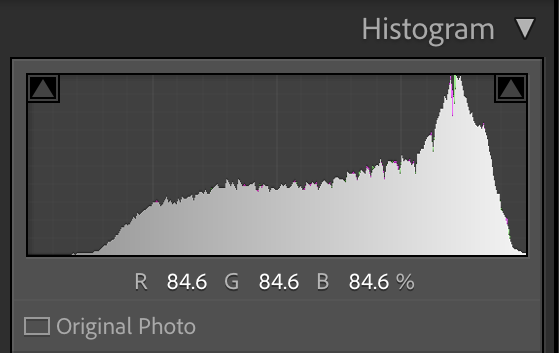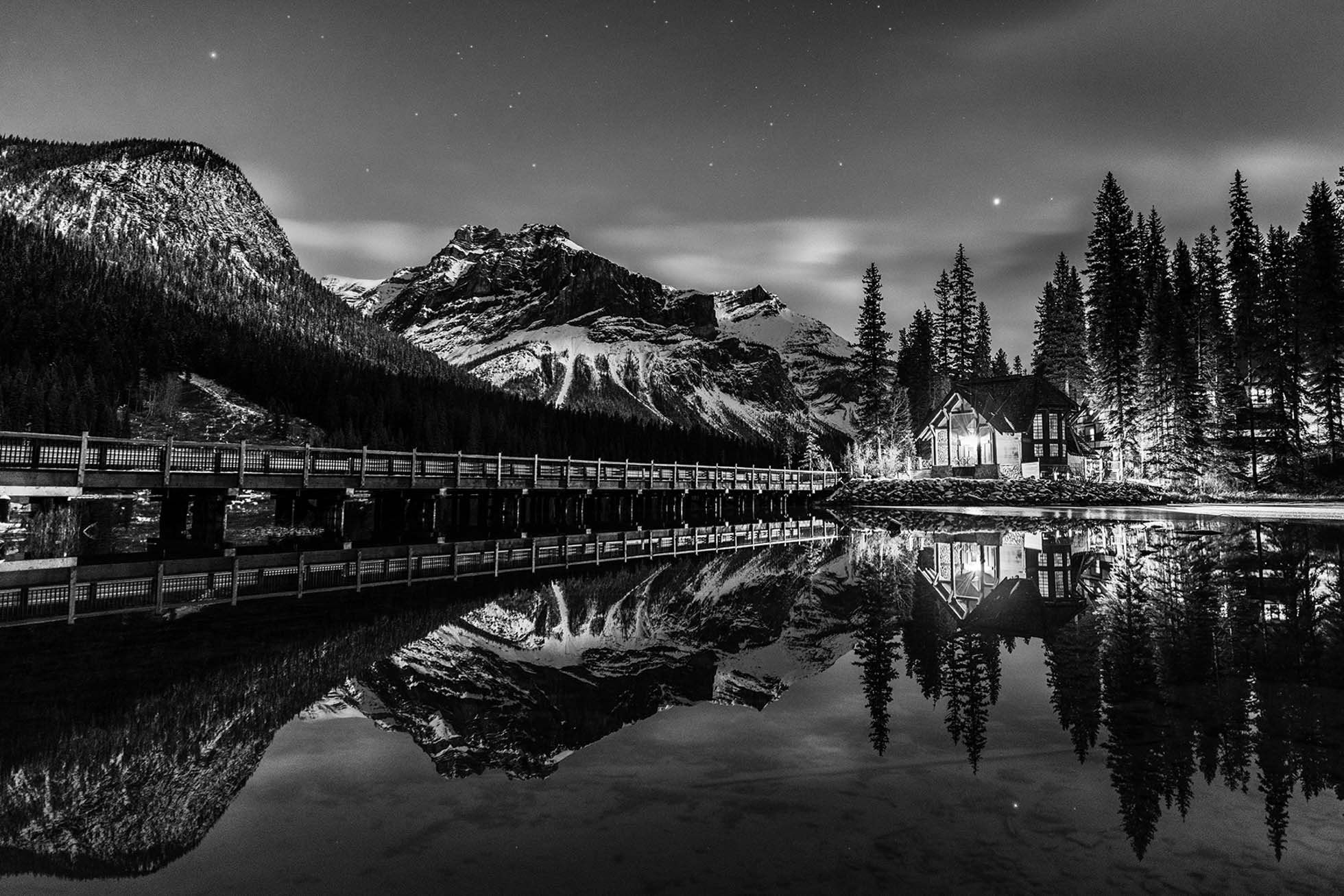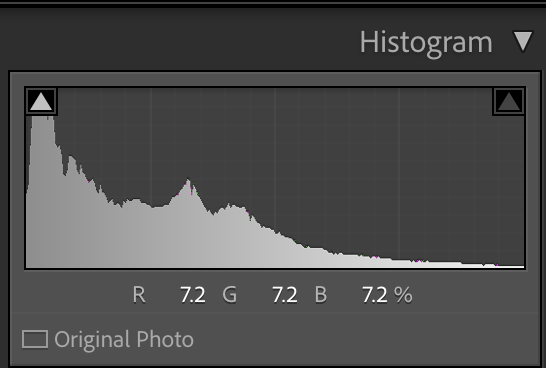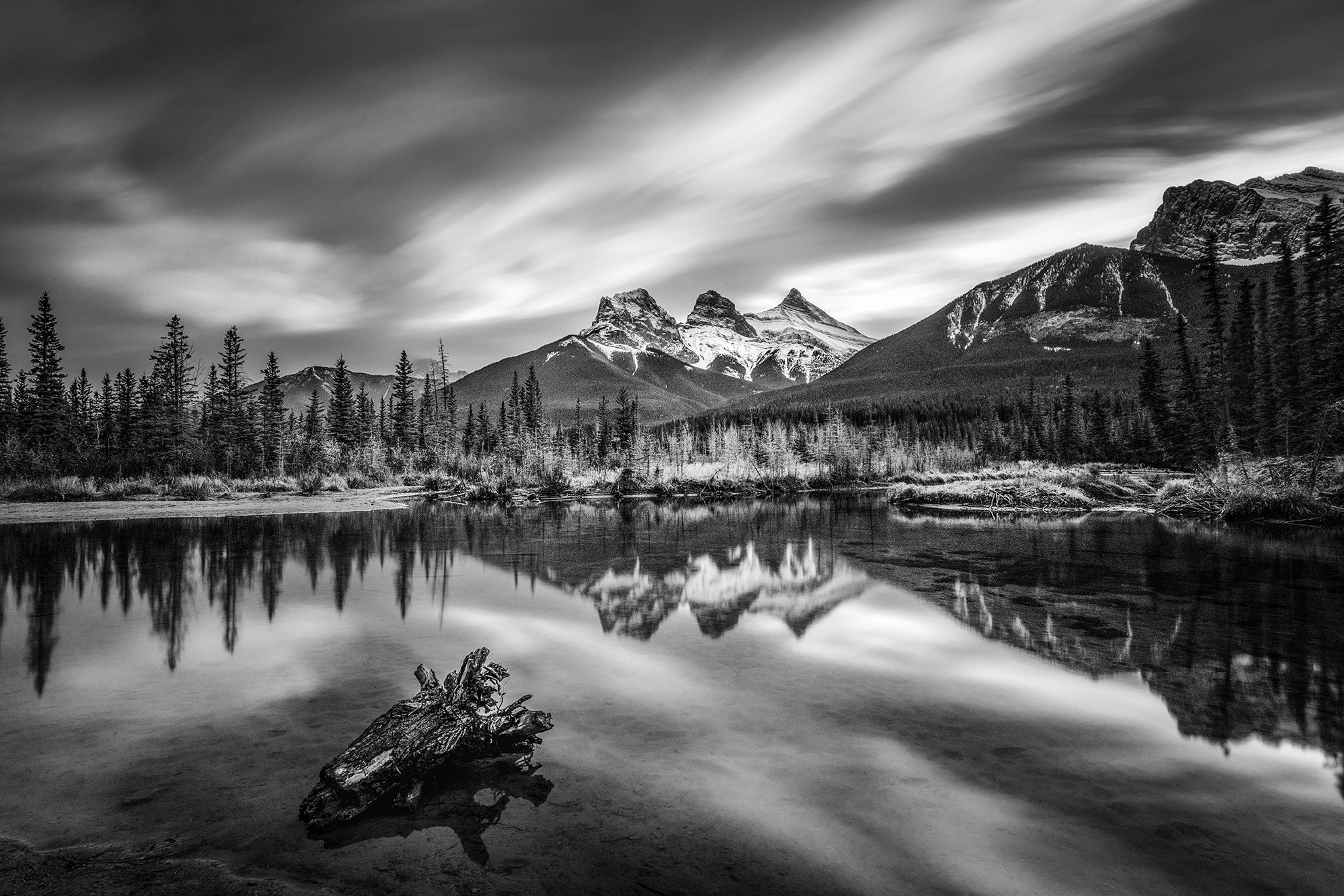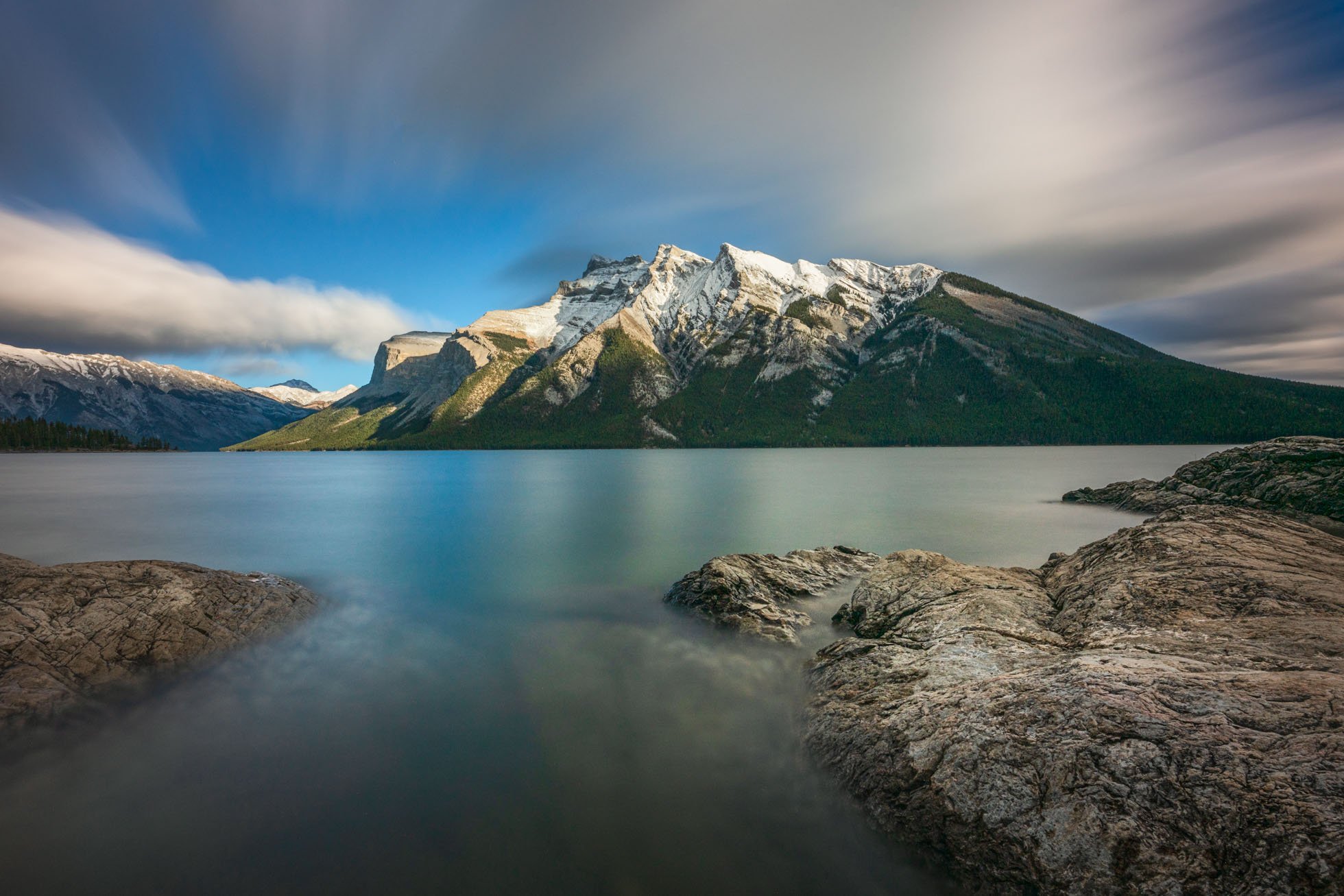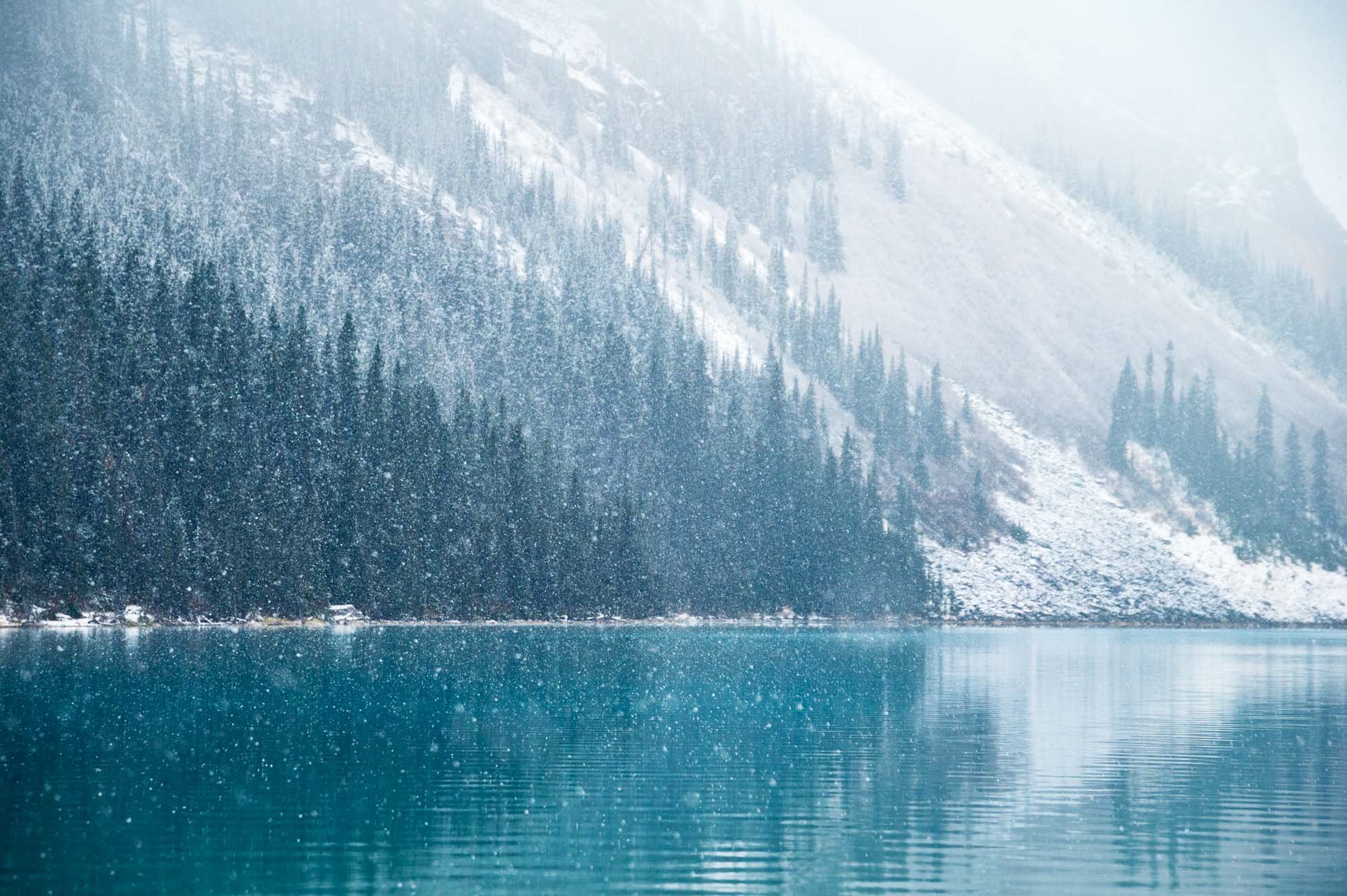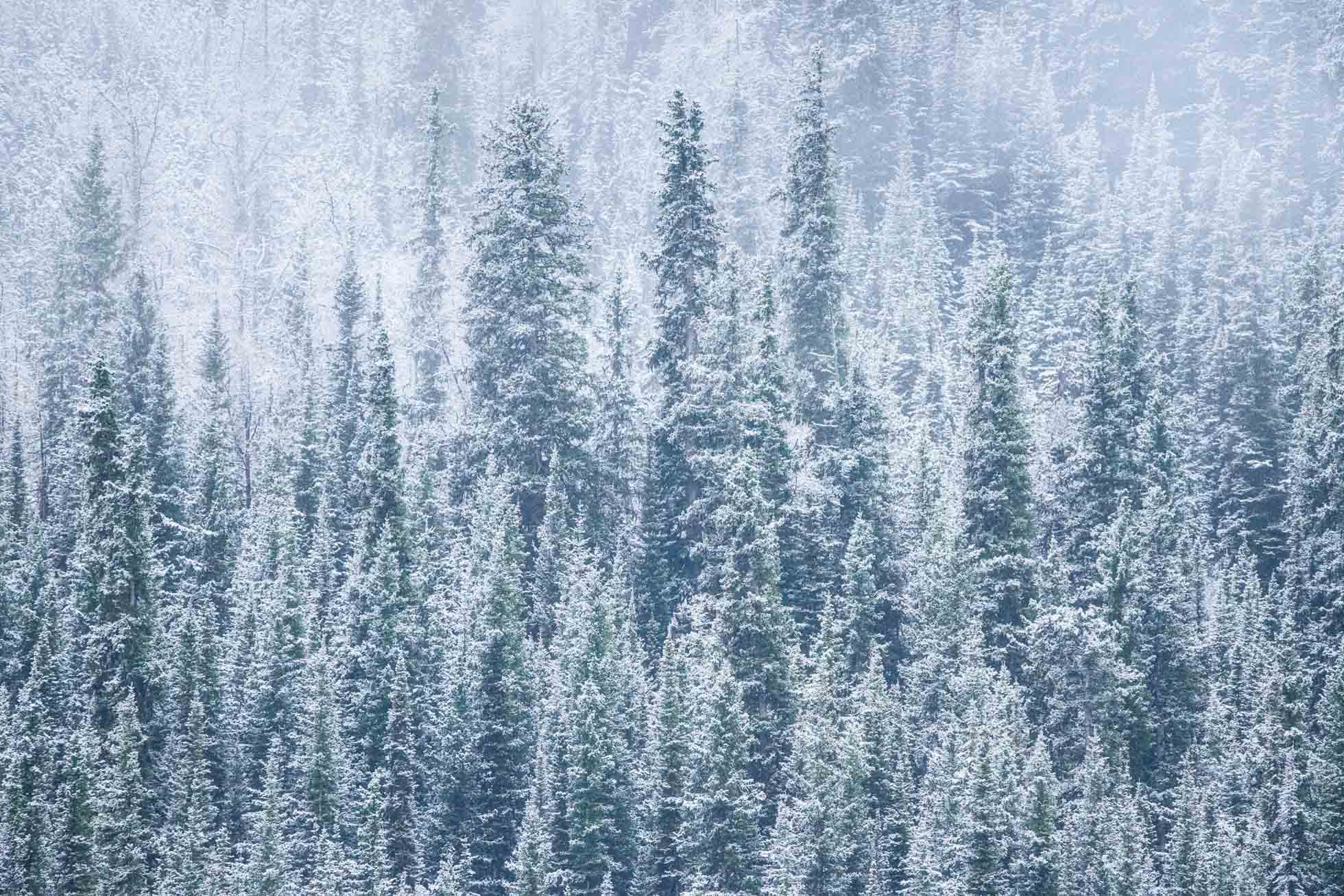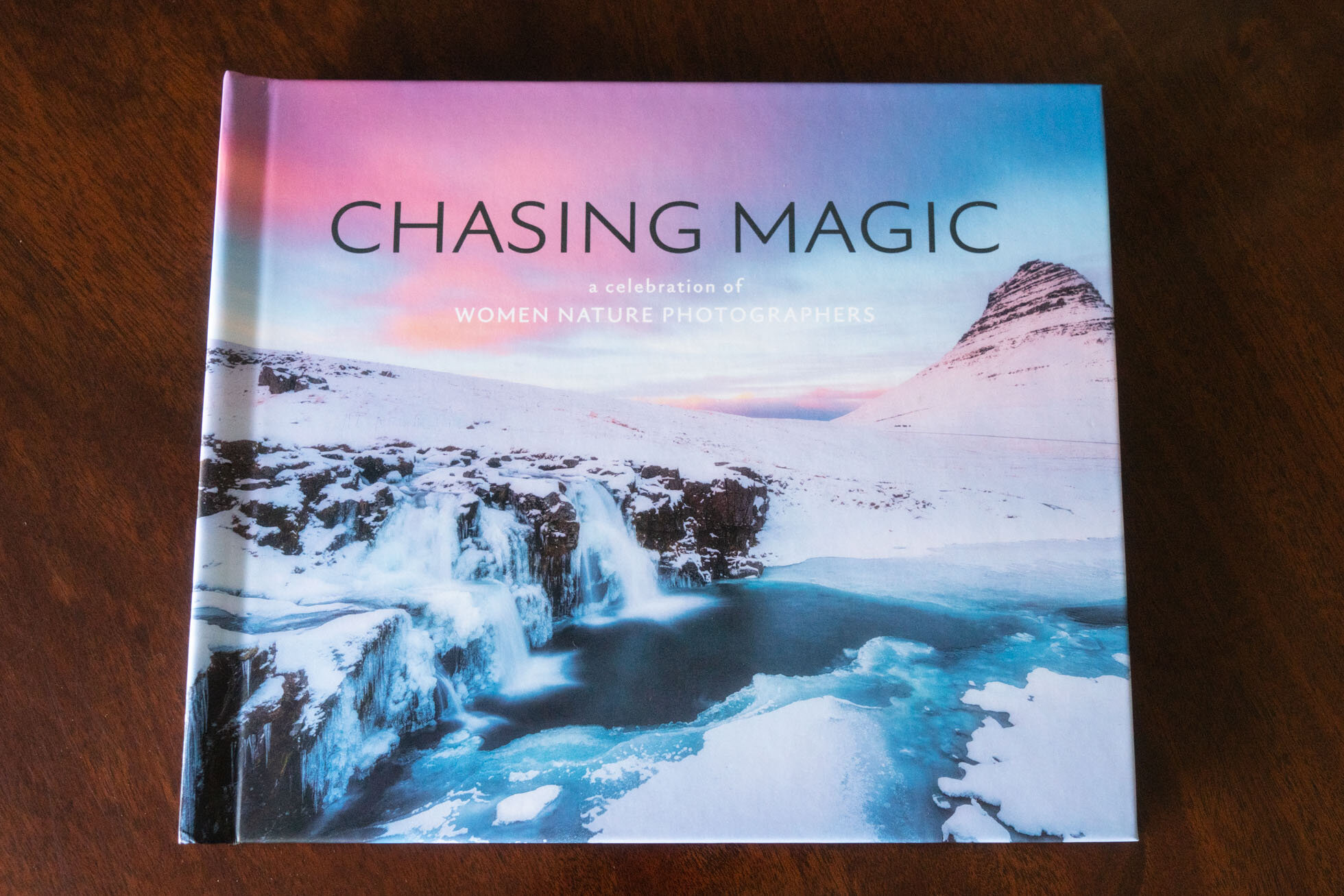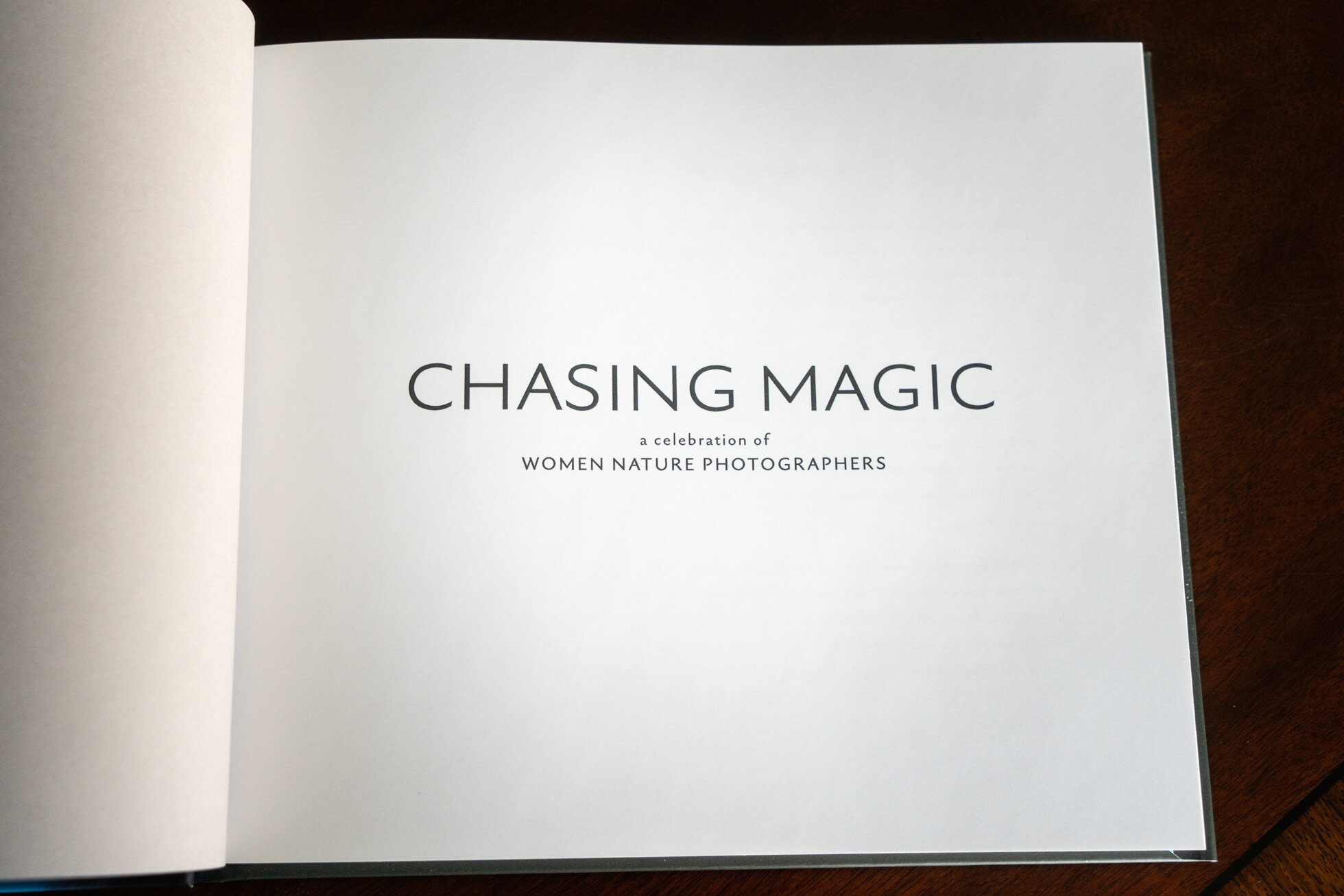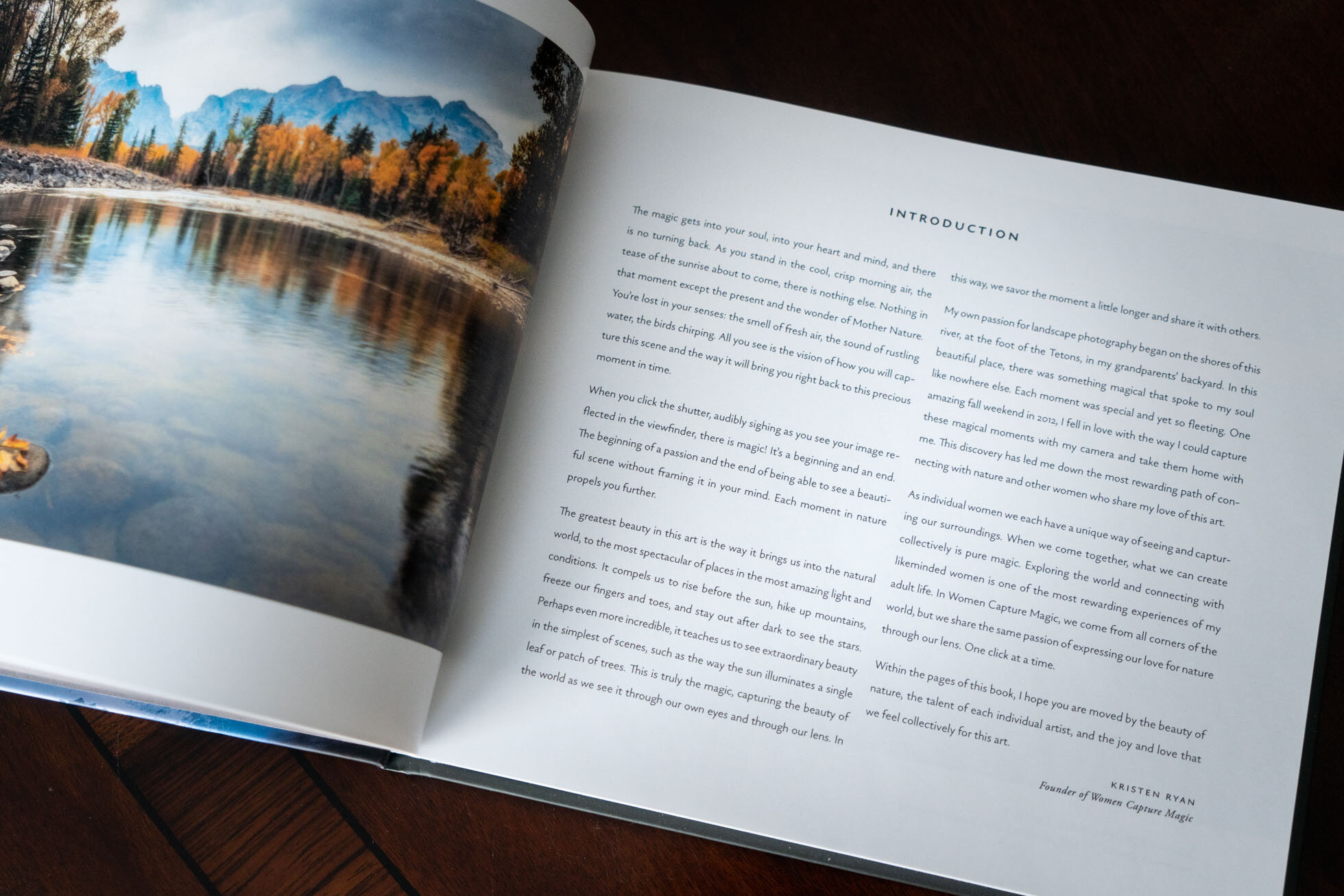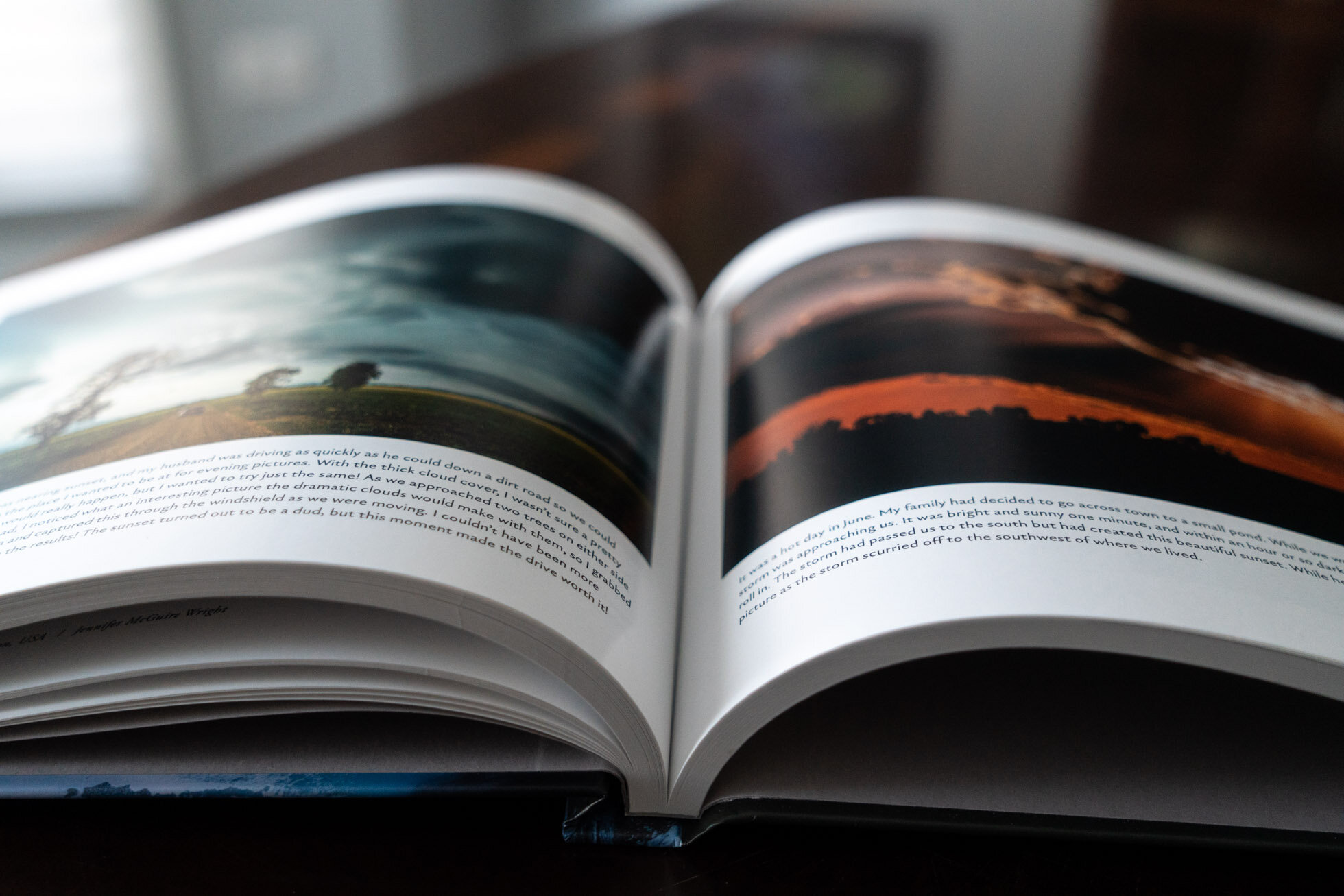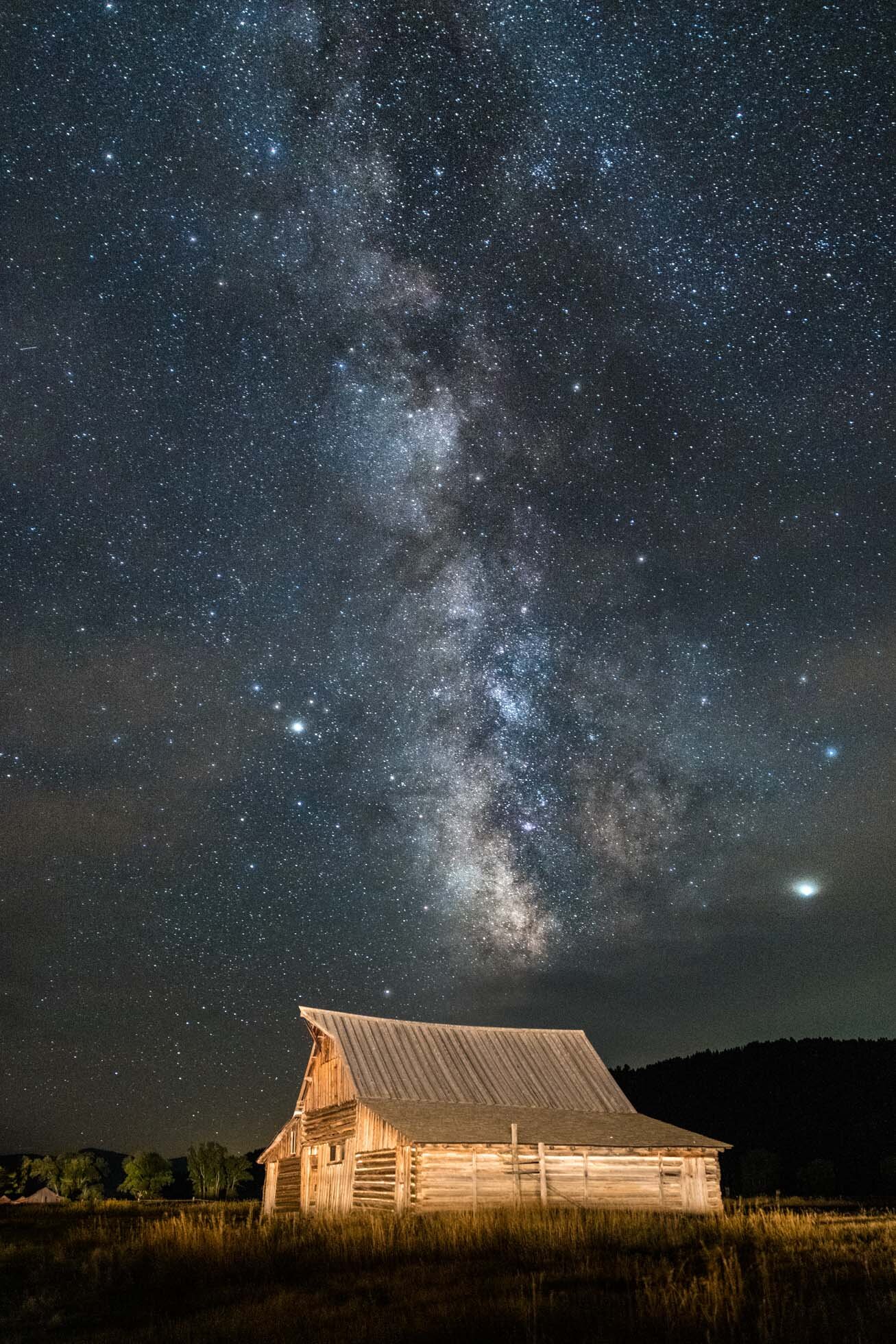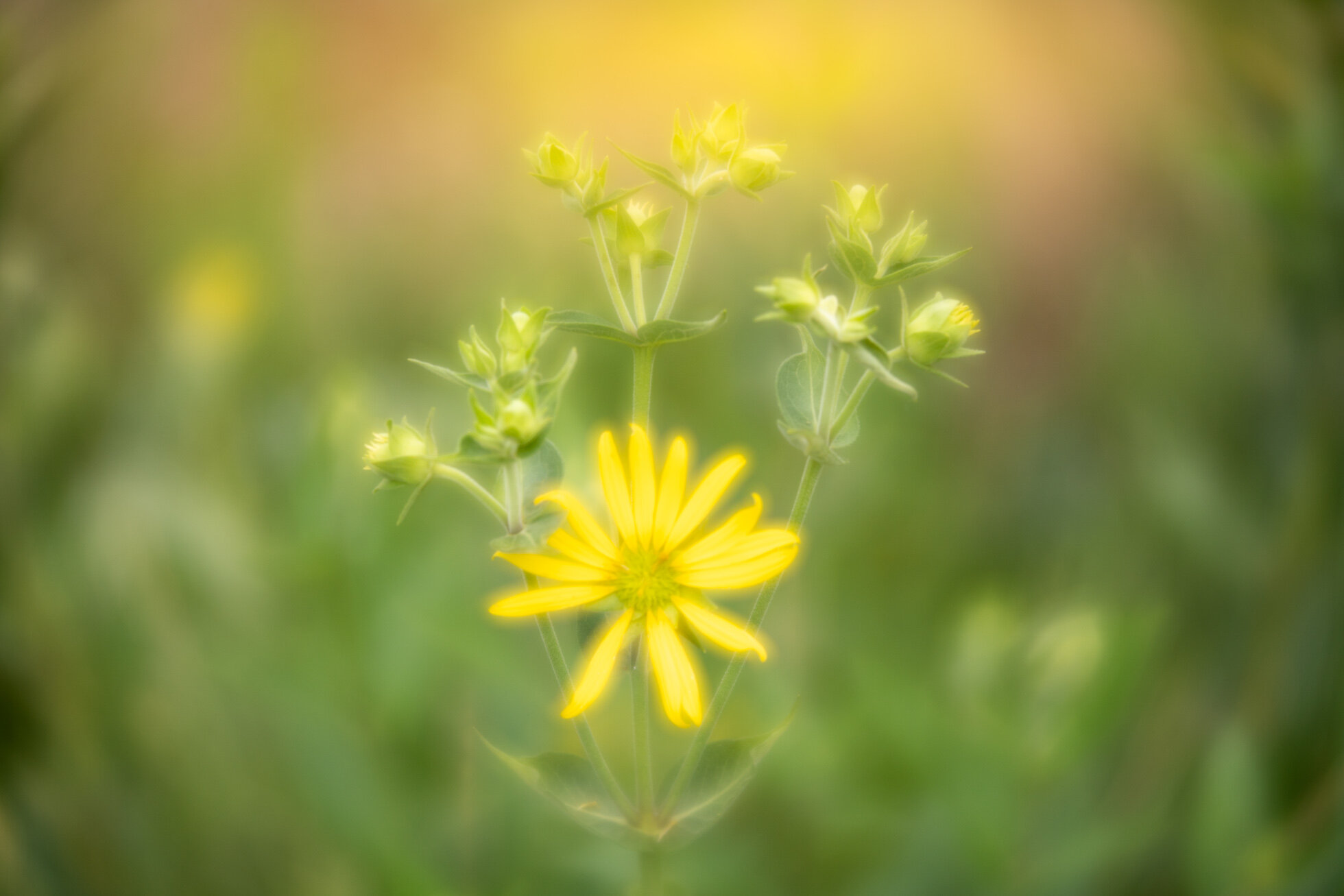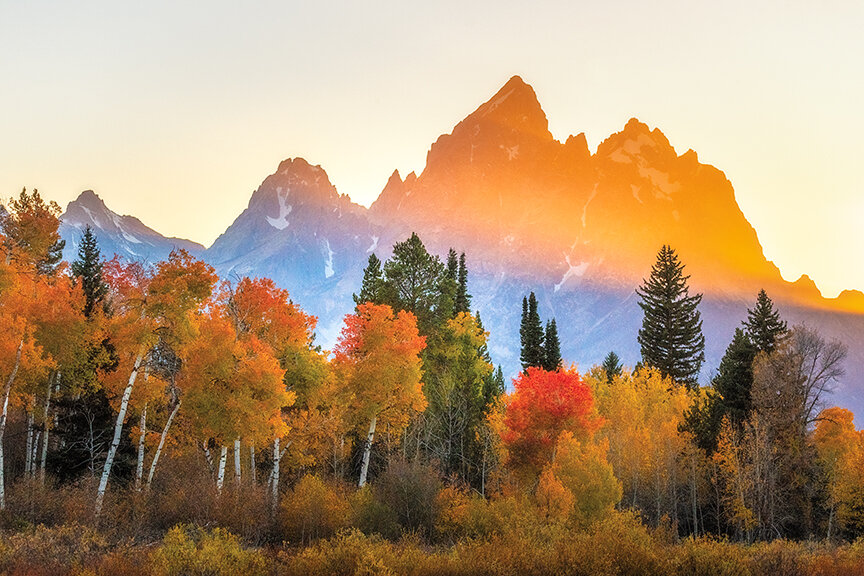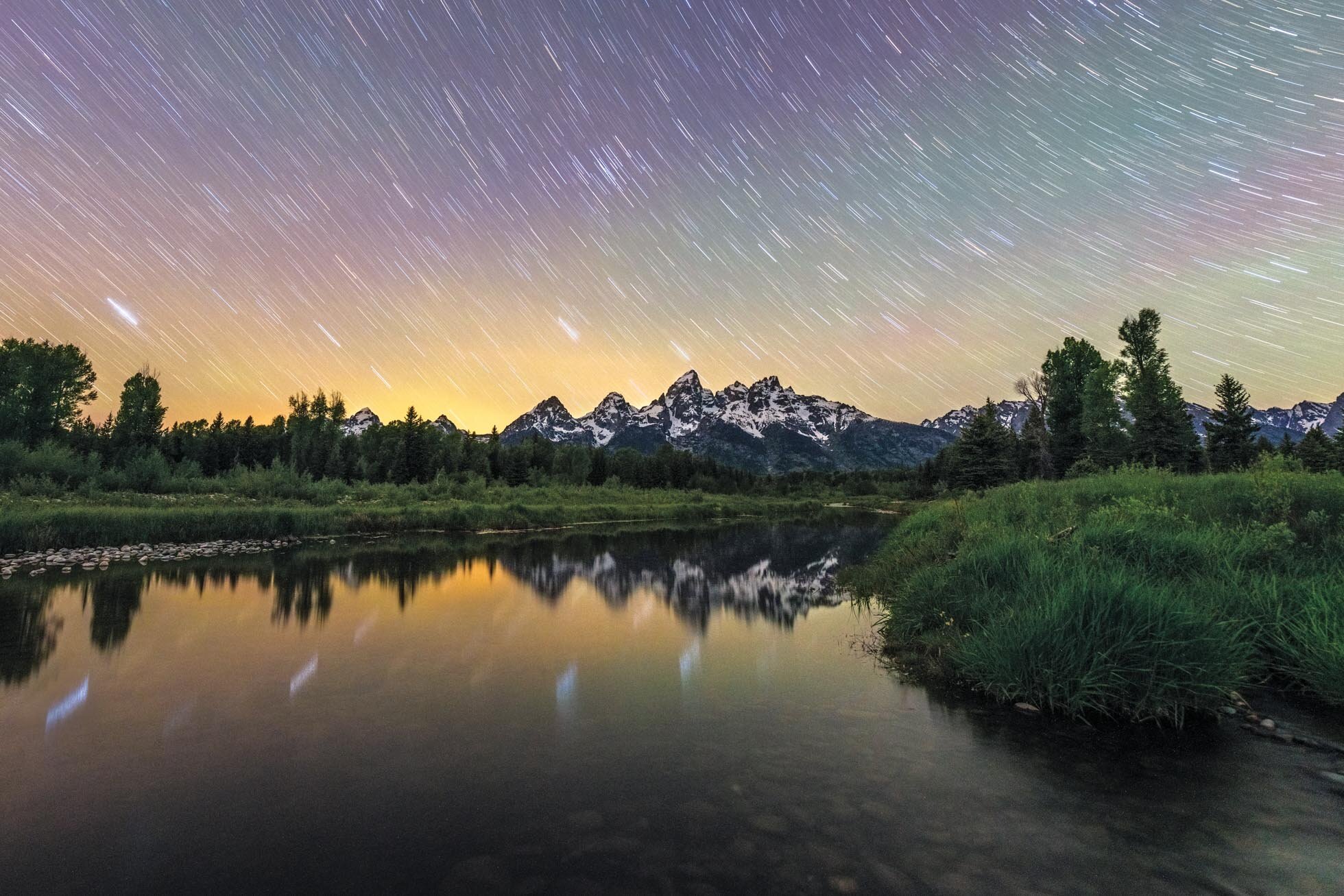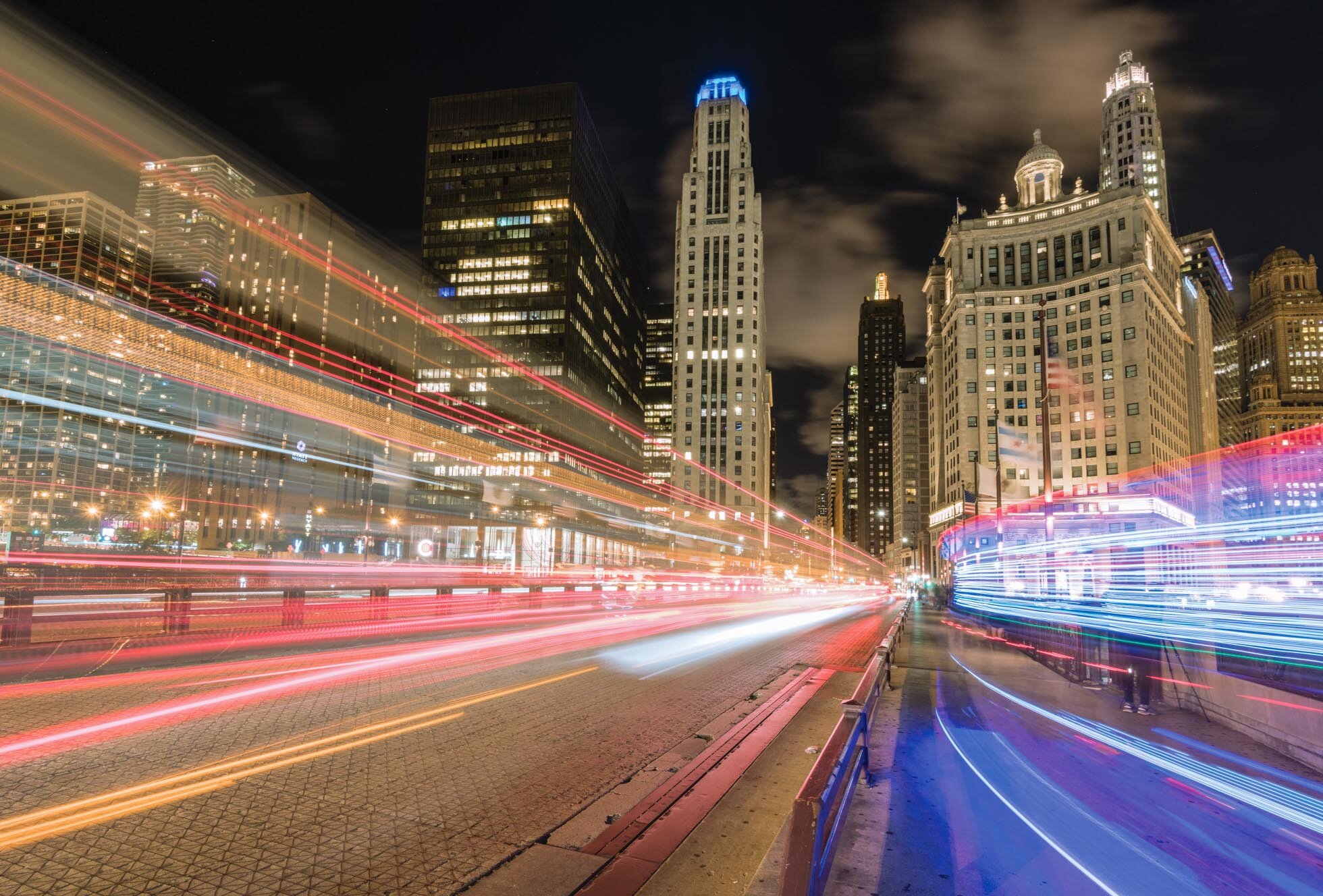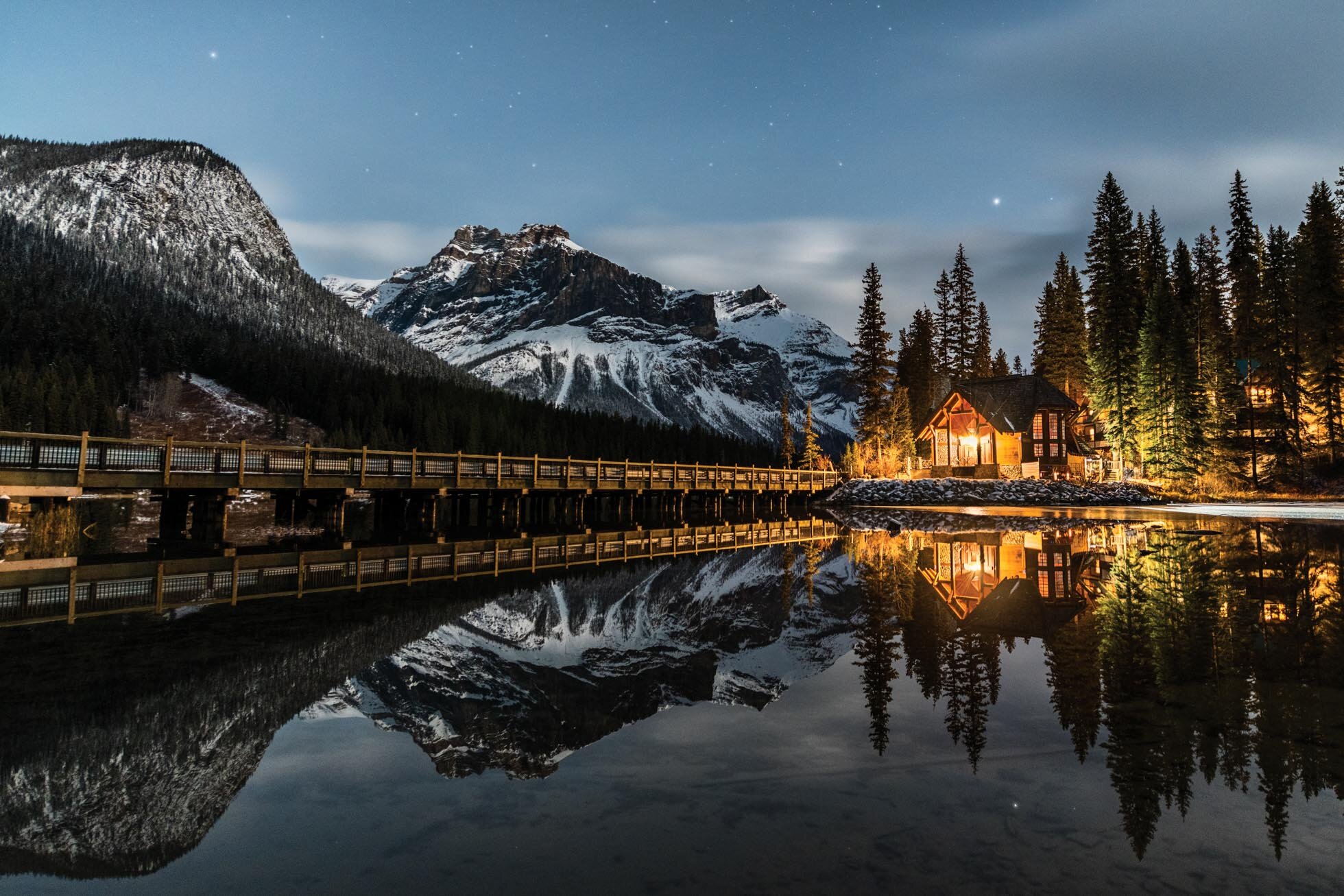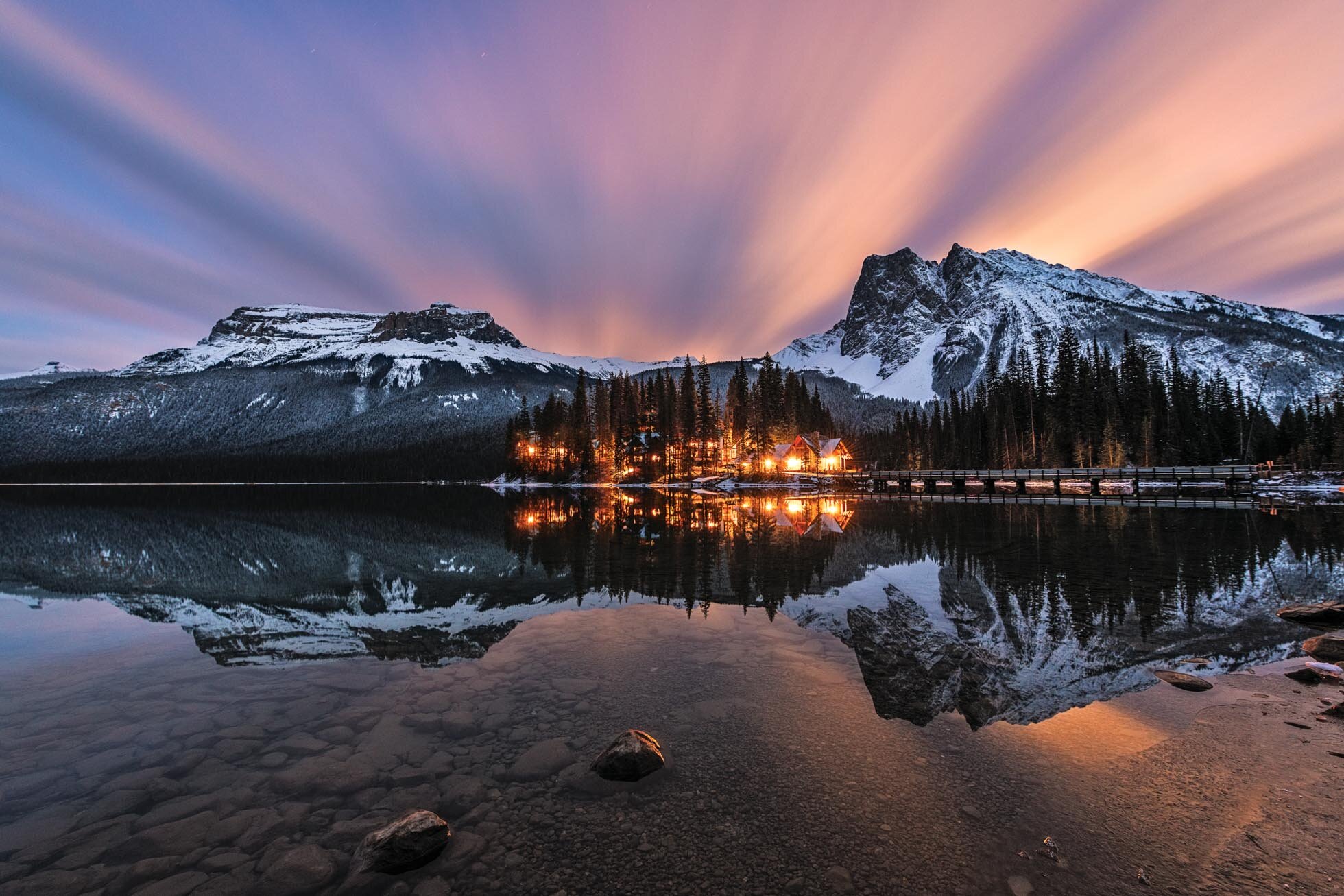As artists, we experience highs and lows, peaks of creativity and valleys where our inspiration is lacking. This is not surprising as nothing in life can run infinitely at full throttle. It is unrealistic to expect ourselves to feel inspired, creative and productive 365 days a year. And yet so often we can really beat ourselves up during these lows or ‘creative ruts’ as they are often called.
During the last couple years as we have endured a global pandemic and tumultuous times, I have heard many friends and students lament their lack of inspiration and motivation to to pick up their camera and create. This is completely understandable. Personally, I have gone through periods where my photography has been a meditation and positive focus during stressful days but other times, my energy felt depleted and I just didn’t have it in me to get out and shoot or engage in my photography business related activities. I’d have a mile long list of ideas that I’d end up shoving aside because grabbing my coffee and a book, in which to escape, felt more manageable. And sometimes, life was too busy regardless what I felt like doing.
Whether photography is a hobby or a business, we all have busy lives and priorities outside of our photography that place demands on us physically, mentally and emotionally. When those demands pile up and zap our energy, it can take a toll on our creativity. We can’t expect to feel inspired, motivated and creative when we are worn out. This is true whether we are in the midst of a pandemic or not!
In my case, I face the demands of mothering 4 pre teen and teenage children and taking care of the household chores that go along with them. Not to mention taxi driver! Photography as my career means I have many tasks on my plate that do not involve going out to shoot or edit my images. You may have similar demands or perhaps you have another career or take care of younger children or older parents. Health issues and home projects can require a lot of time and create significant stress. The list can go on and on as to things that can zap your physical and mental energy.
I would encourage you to give yourself a break when you aren’t feeling inspired. While it may feel disappointing and frustrating, try to give yourself grace and recognize that this is part of the creative process and trust that your inspiration will come back. Sometimes we need to tend to other parts of life and that really is ok. Giving yourself permission to leave the camera in the bag while you take care of other things can be the best thing you can do for yourself AND your photography. Quite often when I check off the other tasks on my to-do list that are weighing on me or I spend time engaging in some necessary self-care, I find myself feeling lighter and freer to get back to my photography.
Beyond the fact that it is sometimes necessary to give ourselves permission to tend to other aspects of life, breaks are good for us. Practice and consistency are useful and important to achieving excellence in most things in life. But taking breaks and giving ourselves rest time is also important. Liken this to a rest day in your workout routine, taking a weekend off work to spend with family, children running around at recess to give their brains a break during a school day. When we work hard at something, it is not only ok but also important to rest those muscles, whether intellectual, creative, or physical.
If photography is your business, then of course you can’t afford as long of a break, but a small break can leave you feeling more creative, motivated and productive. So if either the creating or business aspects have you feeling bogged down, consider the idea that a break could be the way to greater productivity rather than less.
The 2023 Capture Magic Ladies Retreats are open for registration! 1 spot is left for the Summer Magic in the Tetons Retreat and a couple spots left for the April Magic in Hilton Head Retreat! A waitlist is available for the sold out retreats!
Kristen Ryan is an award winning and published landscape photographer and educator residing in the Midwest suburbs of Chicago. All images are available for purchase in the Fine Art Store or by request. Kristen leads ladies landscape photography retreats in the Tetons, Glacier NP, Hilton Head, Chicago, and the Canadian Rockies, offers private mentoring . New online educational materials are coming soon!









